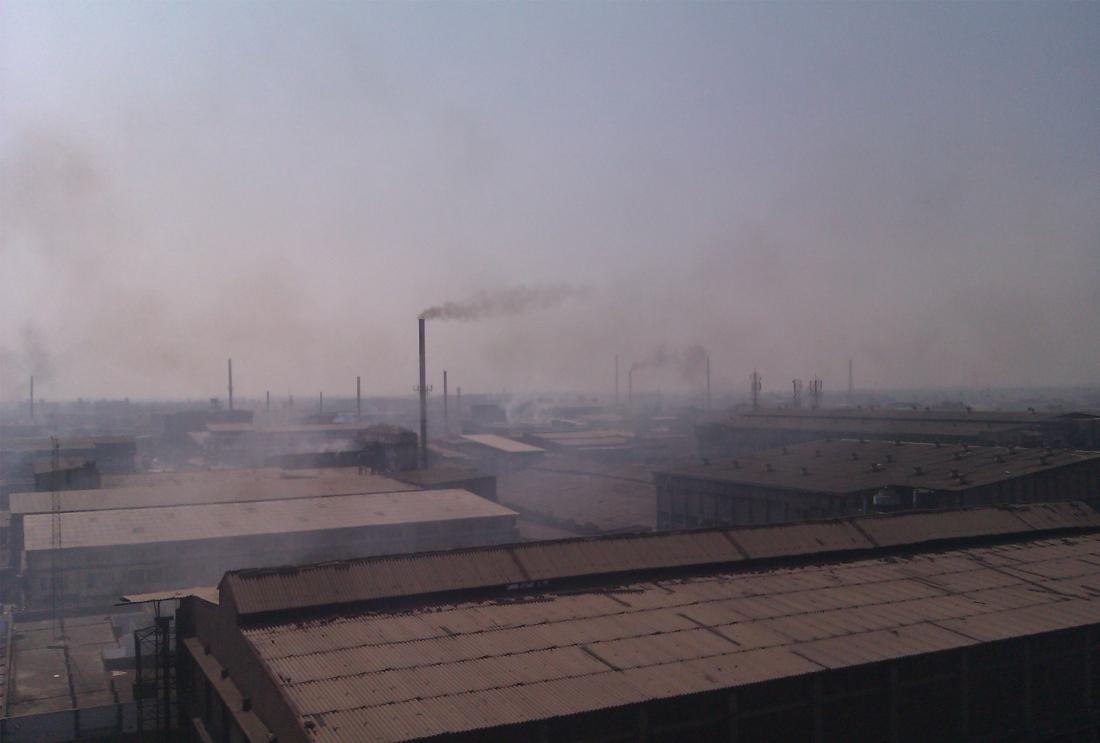Increasing the Transparency of Environmental Regulation in India
- Small and medium enterprises
- Pollution
- Transparency and accountability
- Climate change mitigation
- Information
- Regulation enforcement programs
Theory suggests that publicizing actionable information may improve regulatory accountability. In India, where particulate matter pollution is a pressing issue, researchers are investigating whether increased transparency about industrial firms’ pollution emissions can improve the enforcement of environmental laws and reduce pollution.
Policy issue
A large body of evidence shows that particulate matter air pollution is harmful to human health and shortens life spans.1 According to the World Health Organization, it affects more people than any other pollutant. There is no threshold below which no harm to health occurs and it is particularly harmful to children and infants. From 1990 to 1995 (most recent comparable data), India’s average particulate matter concentration was about five times larger than in the United States, and more than three times the Indian national standard.
Researchers are examining whether increased transparency about industrial plants’ particulate matter emissions can improve the enforcement of environmental laws and reduce pollution in India. Theory suggests that releasing actionable and understandable information to the public could improve regulatory accountability. Releasing information about government or firms’ activities could give citizens the means to monitor them, and give these actors, in turn, an incentive to act in the public interest. On the other hand, information alone may not change behavior if citizens do not have a clear mechanism to hold these actors accountable. It is also unclear which mechanisms for information collection and dissemination may be most effective.
Context of the evaluation
The Maharashtra Pollution Control Board (MPCB) is the environmental regulator for Maharashtra—India’s most industrialized and second most populous state. This study focused on industrial plants in a variety of sectors, including chemical, textile, and engineering. The 700 plants chosen for this evaluation were among those with the highest air pollution potential in critically polluted areas of the state.

Details of the intervention
In partnership with the MPCB, researchers conducted a randomized evaluation to test whether providing regulators and the public with more information about industrial plants’ pollution emissions could increase regulatory compliance and reduce pollution.
Researchers randomly assigned around half of the plants to have their emissions levels publicly disseminated via an MPCB-hosted website, offline advertisements, and press briefings. All other plants served as the comparison group.
For approximately six months following the public release of information, researchers collected data on pollution emissions, regulatory compliance, regulator actions, and ultimate regulator penalties for each sampled plant. Researchers also collected costing information to better understand the expenses and cost-effectiveness of these regulatory shifts for the plants and the MPCB.
Results and policy lessons
Study ongoing, results forthcoming.




